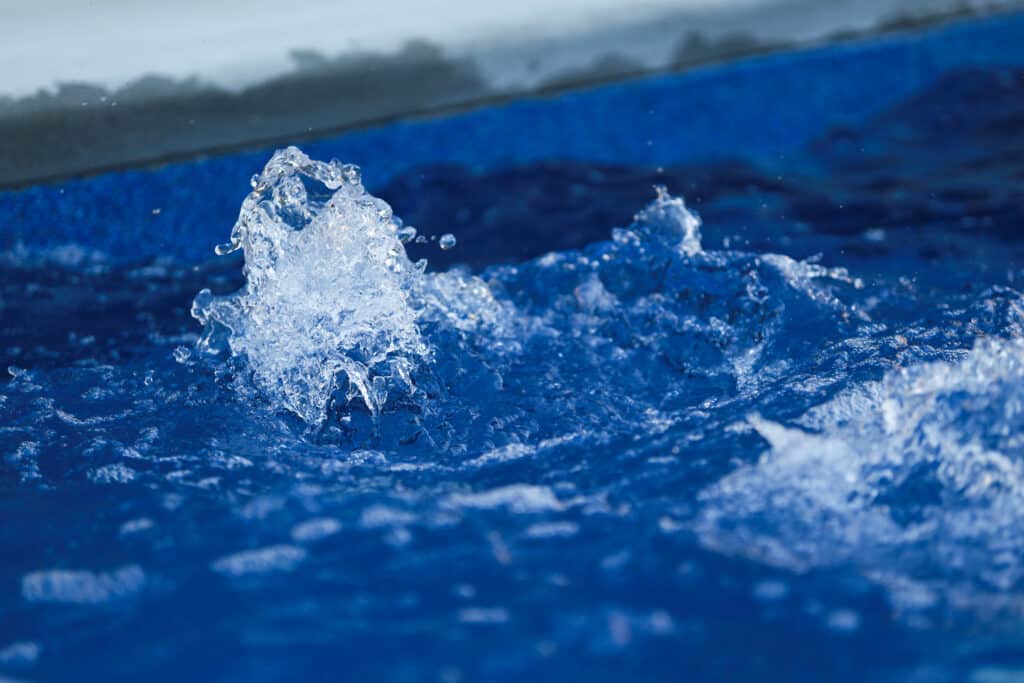It‘s always best to be on the side of caution when it comes to swimming in a pool that has just been shocked. This is because the chlorine levels in the water can be very high, and can cause irritation to your skin, eyes, and respiratory system.
It‘s generally recommended that you wait at least 8-24 hours after shocking your pool before swimming. Chlorine levels need to fall below 5 ppm and ideally below 3 ppm before swimming.
What Does Pool Shock Do?
If you’ve ever taken a dip in a pool that’s not been properly maintained, you know how uncomfortable it can be. Chlorine is added to pool water to kill bacteria and other contaminants, but over time, the byproduct of chlorine activation becomes a contaminant as well. That’s why it’s important to “shock” your pool on a regular basis. Pool shock is a powerful chlorine product that is used to sanitize the water.
There are several different types of pool shock, but they all essentially do the same thing: they raise the chlorine concentration in the water to a level that is high enough to remove the chloramines and other potential growth in the pool. Pool shock can be used in conjunction with other pool treatments, such as algaecides and clarifiers.
Shock treatment is an essential part of keeping your pool clean and safe for swimming, so it’s important to understand how it works and how to use it properly. Here’s everything you need to know about pool shock.
What Is Pool Shock?
Pool shock is a powerful chlorine-based product that is used to cleanse pool water and neutralize contaminants. It is typically used in conjunction with other pool treatments, such as algaecides and clarifiers. Pool shock comes in several different forms, including granular, tablet, and liquid. Pool shock can be automated or eliminated with the use of salt water chlorine generators.
Shock treatment is an essential part of keeping your pool clean and safe for swimming. Shock treatment should be done on a regular basis, typically once a week or after heavy rains or heavy bather loads.
How Does Pool Shock Work?
Pool shock works by raising the chlorine concentration in the water to a level that is high enough to kill bacteria and other contaminants. The two traditional types of pool shock are chlorinating liquids and calcium hypochlorite (granular). Chlorinating liquids are cleaner and easier to use but they are also more expensive. Calcium hypochlorite (granular) is less expensive, but it can be more difficult to use because it can cause cloudiness in the water if not used properly.
When using either type of pool shock, it is important to follow the manufacturer’s directions carefully. With chlorinating liquids, you will typically add the product directly to the pool water. With calcium hypochlorite (granular), you will need to dissolve the product in water before adding it to the pool. Once you have added the pool shock to the water, it is recommended that the pool water circulate for 24 hours.
Looking for pool cleaning services? Checkout Premier Pool Service





